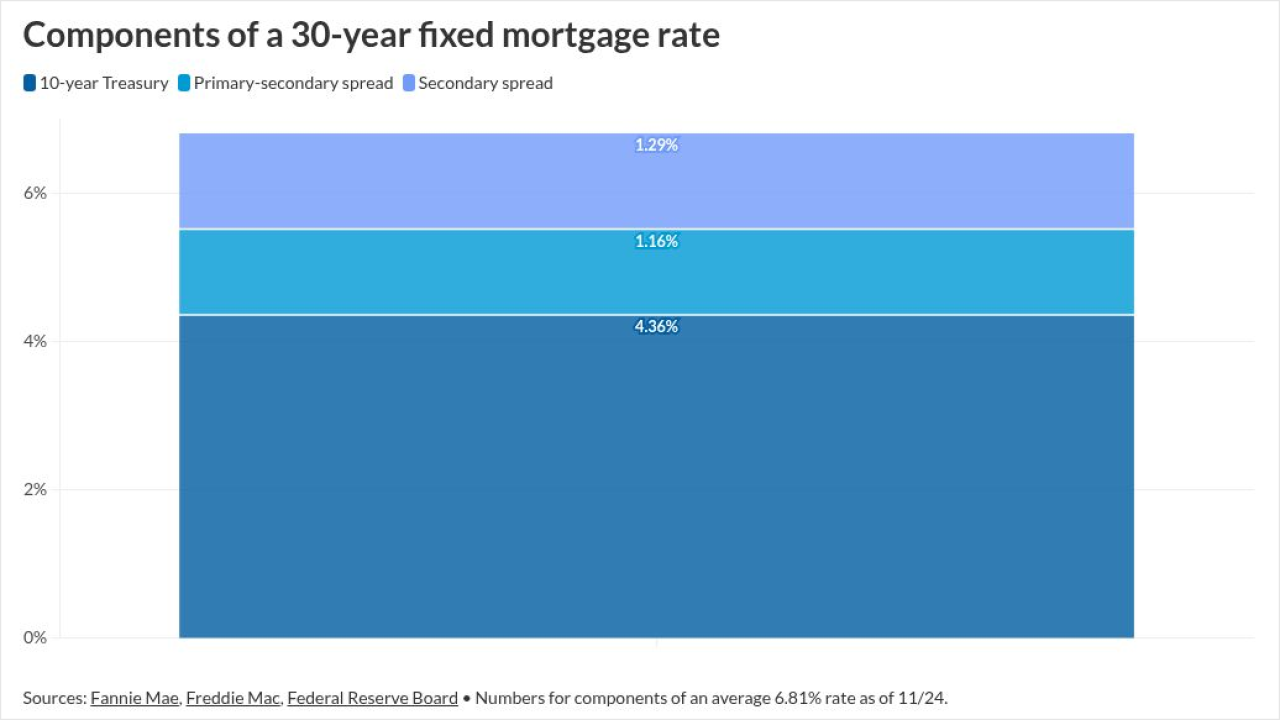Could New York replace California as the epicenter of property assessed clean energy financing?
Morningstar Credit Ratings believes so, in a new report speculating on the impact that an ambitious slate of new statewide greenhouse-gas emission reduction targets could have in spurring the growth of fledgling or underutilized PACE programs in New York.
In the past three months, the New York City Council and the state legislature have independently passed measures that establish future greenhouse-gas reduction targets, which would require many large-scale renewable and energy-efficiency upgrades from existing and new commercial/residential properties in the state.
The New York City emissions-reduction law enacted in April focused on larger buildings in excess of 25,000 square feet, while the state law is a comprehensive measure to strive for a 100% renewable energy mandate for “all sectors of the economy,” including the climate-change impact of large-sized properties, according to the legislation.
Morningstar’s report says the new targets “could play a pivotal role” in property owners’ use of PACE programs across New York as they seek compliance with standards designed to reach the intended reduction targets. Such standards would require energy-efficiency or retrofit upgrades on existing buildings as well as new construction.

The larger-scale PACE borrowing would result in a large proportion of New York-based properties being wound into pools of securitized PACE bonds issued — perhaps to the point of New York being the dominant market for PACE bonds, Morningstar stated.
“Indeed,” the report stated, attendees of a recent Climate Mobilization Act seminar “said that they expect New York to become the largest PACE market in the country” as a result of the New York-based actions.
The city council on April 18 approved the Climate Mobilization Act, which sets target emission reduction standards for commercial, industrial, institutional and residential properties over 25,000 square feet. “The New York City Mayor’s Office of Sustainability estimates that nearly 12,000 properties are likely to do some work to meet the new targets, with the overwhelming demand coming from multifamily dwellings,” the report stated.
(Residential buildings that primarily collect rent are carved out from the regulation, over concerns property owners would impose higher rents on tenants to cover the capital improvements.)
Under the local New York law, the city must achieve a 40% emissions reduction over 2005 levels by 2030 and 80% by 2050 (referred to as “40x30, 80x50”).
New York PACE originations are expected to launch in 2020, following the creation of a new PACE administration program in May.
An allowance for commercial PACE funding of new-construction projects were not included in the local Climate Mobilization Act, the report stated, but speakers at a recent seminar on the new act last week “indicated that they expect legislators to include an addendum soon to accommodate such projects.”
At the state level, Gov. Andrew Cuomo on June 8 signed into law the Climate Leadership and Community Protection Act, which has slightly more ambitious reduction targets than the New York City rule: Greenhouse-gas emissions must by reduced by 40% in 2030 and 85% by 2050 over comparable 1990 levels. The state law also will require 70% of electricity usage derived from renewable sources, as well as increase energy efficiency from 2012 levels by 23%.
The state measure also requires zero greenhouse-gas emissions from the electric utility sector by 2040.
“Although the state passed PACE-enabling legislation in 2009, there is only one active C-PACE program, the Energy Improvement Corp.’s Energize NY Finance Program,” Morningstar’s report stated. “The new requirements of [the law] may serve as a catalyst to additional programs being created.”
Currently, only three states — California, Florida and Missouri — have produced collateral for the residential PACE securitizations that have been offered in the market since 2014.
“While California was the birthplace of PACE, it looks like New York wants to be the pioneer in mandating the country’s lowest emissions targets,” the report stated.
While few securitizations have taken place with C-PACE assets, commercial PACE financing has been more diverse with 14 states operating administrative programs for PACE issuance. But these transactions are “heavily concentrated” in Ohio, Connecticut and California representing 60% of the underlying assessments, Morningstar’s report stated.
A surge in New York would contrast with the
California PACE origination levels that exceeded $1.5 billion in 2017 fell to under $500 million last year, while nationwide securitization levels tapered off to under $1 billion last year, according to the nonprofit industry organization PACENation. Most of that origination ($825 million) was for residential PACE-funded projects.




